Tips for Saving Energy
Adding insulation to your home is one key way to help save energy and cut costs in your home. Here are some additional tips for saving energy. Also be sure to check out our Why Insulate? and FAQs pages.
KEEPING YOUR HOME COOL
To help keep your bills and your energy consumption as low as possible, check out the tips below:
TIPS:
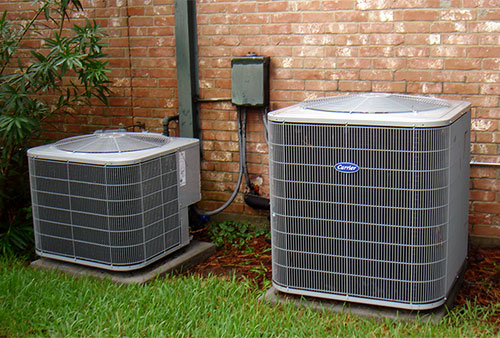
- Switch your ceiling fan to turn in a counter-clockwise direction in the summer; in the winter, run it at low speed, but clockwise.
- Close your exterior doors and windows tightly when the AC is on. Save even more by turning off kitchen and bath exhaust fans.
- Change or clean your AC’s air filters at least once a month to keep your system running at peak performance.
- Make sure your AC has a rating, or Seasonal Energy Efficiency Ratio (SEER), of 15.
- Make saving automatic: Set your thermostat fan switch to “auto” to save energy. Leaving it in the “on” position keeps air running constantly.
- Block the sun from overheating your home! Inside, use shades, blinds and drapes. Outside, use awnings, trees and shrubs.
- Insulate your walls with injected foam insulation to help you save energy by keeping hot outside air from seeping through porous block walls.
- Get your AC tune-up. Running an inefficient AC system can result in high monthly bills. Plus, you could qualify for a rebate.
- Open interior doors so that cooled air flows freely throughout your home.
- Repair leaky ducts to reduce heating and cooling costs.
- Install attic insulation rated R-30 and sealing any attic leaks to reduce high home cooling costs.
- Check for household leaks to make sure air isn’t escaping through openings such as fireplace dampers, doors and windows.
- Decorate for a cooler home by hanging light-colored curtains that allow light to enter a room while blocking some of the sun’s rays, and light-colored paint to reflect heat.
- Close unused air vents. If you have central AC, you can close air vent in rooms you’re not using so you’re not paying to cool them.
- Plant trees to provide shade on the sunny side of your home.
- Use ceiling fans to cool off for less. Ceiling fans use no more electricity than a standard light bulb. However, be sure to turn fans off when you leave – they only cool people, not rooms.
- Install more ceiling fans. Because the breeze of a fan can make you feel three to four degrees cooler, you can raise that thermostat and still stay comfortable.
- Raise the temperature on your thermostat by a few degrees to save on your cooling costs.
- Install a programmable thermostat to adjust your temperature during the day.
HEATING YOUR HOME
The more efficient a furnace, obviously, the lower your energy bill for heating. Calculating a furnace’s energy costs requires considering both the gas it burns and the electricity it consumes to run its blowers and controls. How efficiently a furnace converts gas into heating energy is reflected in its annual fuel-utilization-efficiency (AFUE) rating, which is measured as a percentage. The higher the percentage, the more heat the furnace can wring from each Btu of gas-and the lower the environmental impact of its emissions. Here are some other ways to heat your home while saving on costs.
TIPS:
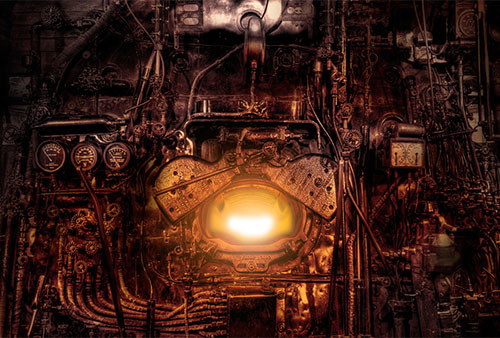
- Cover all bare floors. Carpeting or rugs add to comfort and heat retention, especially if there is little or no floor insulation.
- Raise the temperature slowly to keep your bill lower. Quickly raising your heat pump’s temperature activates the heat strip, which uses tons of energy.
- Set your thermostat to 68-70°F during the day in the winter and 65-68°F at night to keep your home comfortable and save on heating costs.
- Close the flue in your fireplace and install glass doors to keep in the warm air.
- Limit your use of portable heaters. They are great for “spot” heating, but it can be expensive to run a 1,500-watt heater 24/7.
- Keep your thermostat close to the outside temperature. It’s cheaper to keep your home at 70°F when it’s 50°F outside than when it’s 30°F.
- Don’t block air vents with drapes and furniture.
- Get an energy-efficient heat pump and you could cut your heating costs in half.
- Change the filters in your heating system every month for optimum efficiency.
- Give your air compressor space to work efficiently. Never stack anything against your HVAC or drape anything over it.
- Set your thermostat to 60 degrees if going on vacation during the winter months, but don’t turn it off.
- Heat your home with the sun’s help. Leave window shades or blinds open during the daytime. You might also consider using solar heat to supplement your normal heating source.
- Lower your thermostat every time you leave the house.
LIGHTING
By choosing products with ENERGY STAR certification, you will know that the product meets strict energy efficiency guidelines set by the US Environmental Protection Agency. Here are some other tips for saving on lighting costs and energy usage.
TIPS:
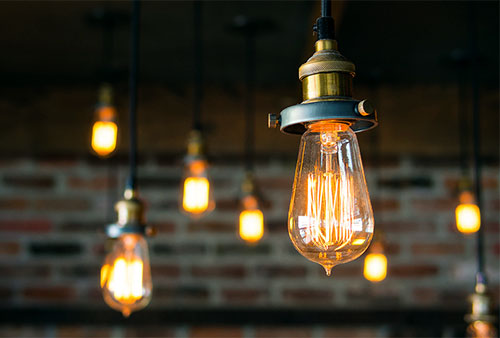
- Replace standard bulbs with compact fluorescent light bulbs (CFLs), which are more energy-efficient than regular bulbs.
- Use the right bulb. Make sure you’re using the appropriate CFL bulb for your light fixture – they come in various sizes and types for different lighting needs.
- Replace halogen light bulbs, which can get hot enough to be a fire hazard, with CFLs; they use less energy and don’t get as hot.
- Use motion-detector lights for all your outdoor lighting. They’re convenient and efficient.
- Recycle your CFL bulbs. Check the CFL recycling page to find out how, where and why.
- Replace your five most-used light bulbs with ENERGY STAR® products. If every American did so, we would save about $8 billion per year in energy costs.
- Consider using timers to turn lights on in the morning and off during the day.
- Choose outdoor CFLs for outdoor lighting. They last up to 10 times longer than standard bulbs.
- Select light-colored or opaque lamp shades. Place lamps in corners so they reflect light from two walls.
- Install fluorescent tubes as an efficient way to light your workshop or playroom.
APPLIANCES
By using energy-efficient appliances, households could save hundreds of dollars per year on energy bills. The American Council for an Energy-Efficient Economy estimates that if each of us increases the energy-efficiency in our major appliances by 10-30%, we’ll release the demand for electricity by the equivalent of 25 large power plants! Here are some tips on how to save energy with your appliances.
TIPS:
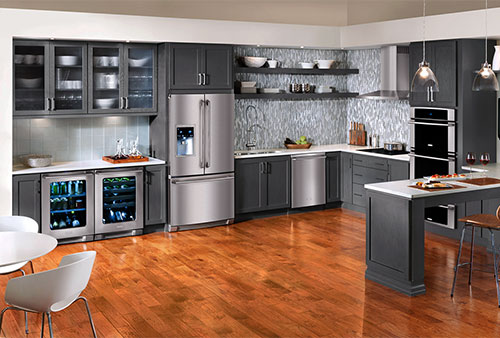
- Use microwaves and toaster ovens to cook or warm leftovers. You’ll use less energy than cooking with a conventional oven.
- Pull the plug on that second fridge located in the hot garage or utility room.
- Set your refrigerator temperature between 30° and 42°F. Use the power-save switch if you have one.
- Repair refrigerator door seals if you feel cold air around the closed door or if moisture is collecting.
- Replace a refrigerator bought in 1990 with an ENERGY STAR-qualified model; energy-efficient models cost less to operate than older refrigerators.
- Dust your fridge the next time you dust your house. Check the coils behind the refrigerator and use coil vacuums or dusters to clean it off and keep costs down.
- Keep your freezer full. It uses less energy than an empty one. For maximum savings, consider filling your freezer with gallon containers of water.
- Choose energy-efficient appliances. They don’t just save you money, but they’re good for the environment because they use less energy.
- Replace your refrigerator. Look for the yellow EnergyGuide label to compare features. Choose models with improved insulation and power-saving switches.
- Wash and dry several loads at once, so that your dryer isn’t completely cooled down when it heats up for the next load.
- Avoid over-drying your clothes. It wastes energy, plus causes static and wrinkling.
- Separate wash loads into light and heavy fabrics for the shortest drying times. Or better yet, air-dry your lightest fabrics.
- Vent your dryer to the outside to reduce the workload on your air conditioner.
- Wash full loads of clothes when possible. When smaller loads are necessary, use less water.
- Hang dress clothing to air dry on portable laundry racks; they will also look better.
- Clean the dryer lint filter before every load to keep your dryer running efficiently.
- Set your dishwashers on economy mode to use less water and electricity.
- Turn off your dishwasher after the wash cycle and let your dishes air-dry. You’ll save energy and keep your dishwasher from heating up your kitchen.
- Keep the oven door closed while cooking. The temperature can drop by as many as 25° each time you open the oven door.
- Grill out more often during the summer. Using the oven in the heat of summer forces your AC to work harder, which raises your energy bill.
- Use copper-bottomed pots and pans that use heat more efficiently when cooking on the stove.
- Keep stove reflector pans clean to reflect more heat upward while cooking.
- Turn off your oven or burners when food is almost ready and let existing heat finish the cooking for you.
- Use tight-fitting covers on pots and pans when cooking on the stove to shorten your cooking time and save energy.
- Match your pot size to the burner on your stove. Heat is lost when small pots are used on large burners.
- Turn off kitchen and bath fans immediately after use.
WATER HEATING
ENERGY STAR certified water heaters are an easy choice for energy savings, performance, and reliability. High efficiency water heaters use less energy than standard models, saving homeowners money on their utility bills. If you need to replace your current water heater, or if you are planning for an upgrade, consider a model that has earned the ENERGY STAR label.
TIPS:
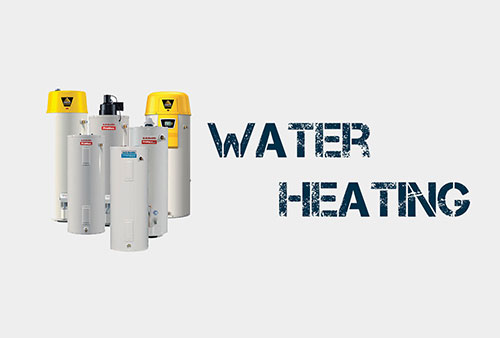
- Always wash with cold water; laundry detergent works just as well.
- Check your hot water pipes for leaks, which can drain your energy savings.
- Install aerating, low-flow faucets and showerheads to reduce your hot water use.
- Turn off your water heater if you plan on leaving home for a few days. Most models will reheat the water to the set temperature in about an hour.
- Shorten those showers to cut hot water costs.
- Insulate the first six feet of the hot and cold water pipes connected to the water heater. It’ll keep your comfort high and your energy bills low.
- Install a solar water heater to save energy and money by using solar power.
- Get an insulation wrap to help your old water heater heat in more effectively.
- Reduce your water heater temperature setting from 140° to 120° – it will save you money while keeping water hot enough for showers and cleaning dishes.
- Look for the EnergyGuide label when purchasing a new water heater – if a more efficient heater is more expensive, you’ll save money over time.
- Make sure you are washing a full load if you like using hot water for your laundry.
- Stop that dripping hot water faucet. Leaky faucets not only increase water bills but also increase gas or electricity use for heating the wasted water.
- Install a timer for your water heater that will turn it off when you are not at home.
- Choose the right water heater for your needs. While they may promise savings, tankless models are expensive to install. In fact, on-demand water heaters may increase your electric bill.
ELECTRONICS
Lower power consumption offers lower electricity bills and a reduced carbon footprint, with less harmful emissions of greenhouse gases.
TIPS:

- Plug electronics into a power strip, then turn the strip off when not in use to save in energy costs.
- Avoid energy vampires. Even when they’re turned off, home electronics in “standby” mode use energy to power features like clock displays.
- Look for ENERGY STAR-qualified TVs. They’re up to 30‰ more efficient than noncertified models.
- Consider a laptop the next time you’re looking to buy a computer. They use less energy than desktop computers.
- Set your computer to sleep or hibernate mode instead of using a screen saver so it uses less electricity during periods of inactivity.
- Unplug battery chargers when the batteries are fully charged or when the chargers are not in use. Many chargers draw power continuously, even when the device is not plugged into the charger.
WINDOWS
Windows provide our homes with light, warmth and ventilation, but they can also negatively impact a home’s energy efficiency. You can reduce energy costs by installing energy-efficient windows in your home. If your budget is tight, energy efficiency improvements to existing windows can also help.
TIPS:
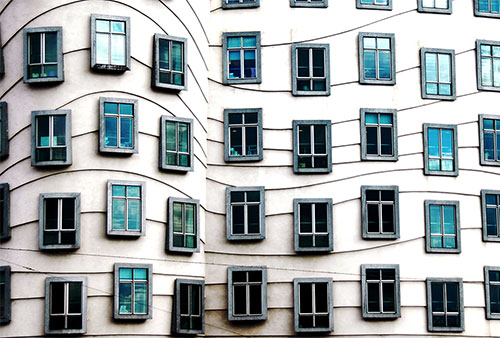
- Install high-performance windows, screens and films to protect upholstery, wood and artwork from UV rays while saving energy.
- Eliminate “hot spots” in your home by using High-performance windows, solar window screens and qualified window films.
- Consider high-performance windows before you replace your AC system. They’re so efficient that they may help reduce the size and cost needed for a AC system.
- Install high-performance windows with double-glazing and spectrally selective coatings that reduce heat gain and avoid cranking up your AC.
- Look for the National Fenestration Rating Council label when shopping for new windows: It means the window’s performance is certified.
ROOFING
Energy-efficient roofing materials can dramatically reduce household energy use, thereby decreasing greenhouse gas emissions and significantly lowering energy bills. Though the initial price of an energy-efficient roof can be slightly higher, the investment is made up for in reduced energy bills over the life of the building. Many ENERGY STAR roofs are also eligible for tax credits.
TIPS:
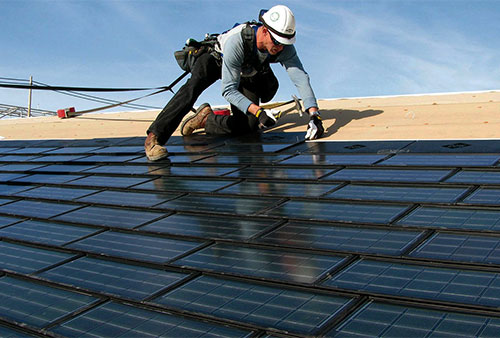
- Reduce the strain on your AC by applying reflective coating. This will help you save by decreasing the amount of heat coming into your home.
- Keep your roof lasting longer. Reflective roofs not only reduce heat buildup, they also prevent the expansion and contraction that degrade roofs.
- Replace the roof with one with an ENERGY STAR label. It will save energy and help protect the environment through superior energy-efficiency.